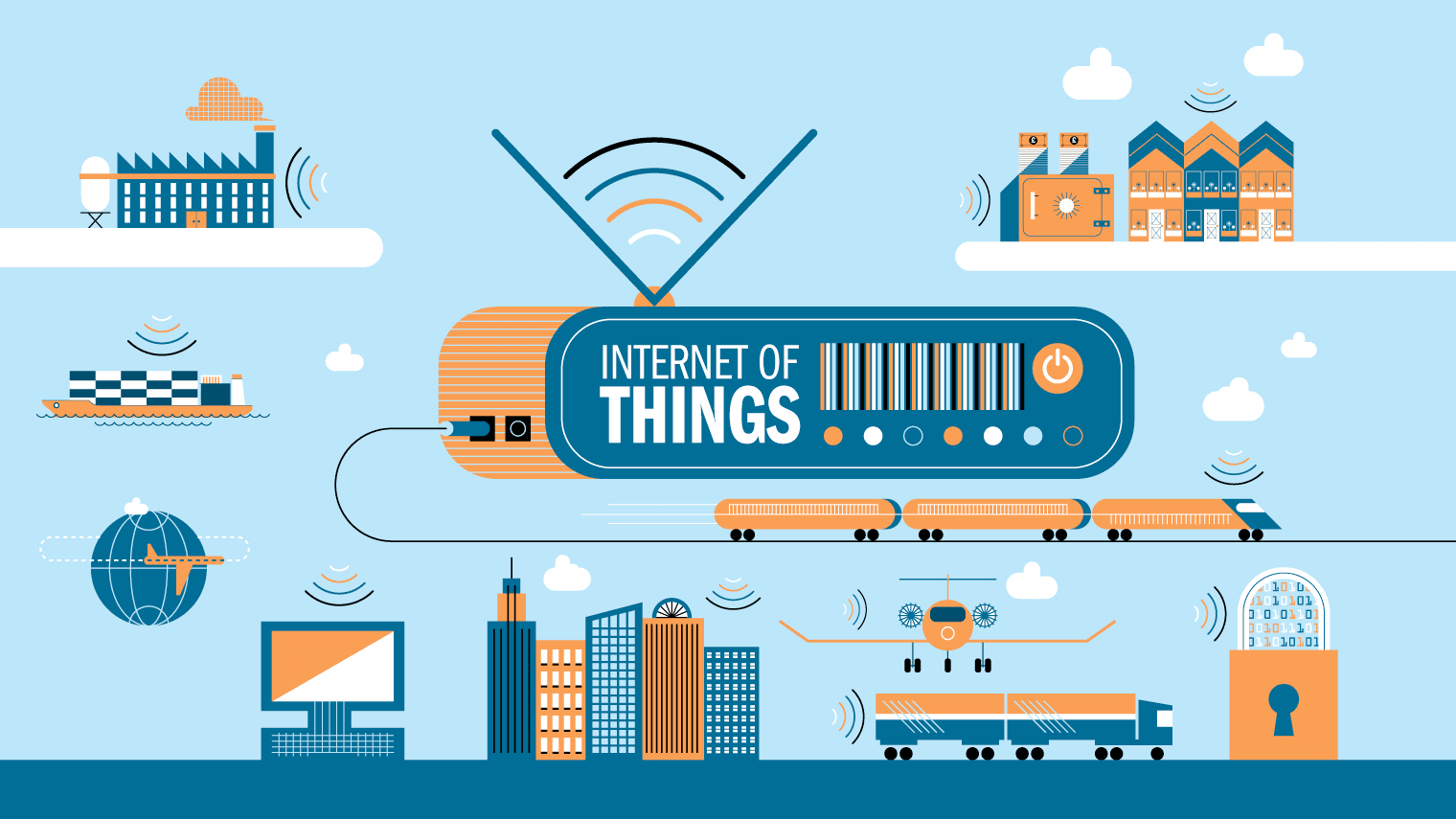technology
Two-Thirds of Organisations Intend to Deploy 5G by 2020 And Mainly For IoT Comms
8 Sept 2022, 2:40 am GMT+1
Sixty-six per cent of organisations have plans to deploy their 5G network by 2020, and among those, the main use planned is for Internet of Things (IoT) communications and video, with operational efficiency being the key driver. The figures come from a recent 5G use case and adoption survey by Gartner, Inc, which was conducted in May 2018 through June 2018 among 185 companies.
“In terms of 5G adoption, end-user organisations have clear demands and expectations for 5G use cases,” said Sylvain Fabre, senior research director at Gartner. “However, one major issue that 5G users face is the lack of readiness of communications service providers (CSPs). Their 5G networks are not available or capable enough for the needs of organisations.”
To fully exploit 5G, a new network topology is required, including new network elements such as edge computing, core network slicing and radio network densification. “In the short to medium term, organisations wanting to leverage 5G for use cases such as IoT communications, video, control and automation, fixed wireless access and high-performance edge analytics cannot fully rely on 5G public infrastructure for delivery,” added Mr Fabre.
 IoT communications remains the most popular target use case for 5G, with 59 per cent of the organisations surveyed expecting 5G-capable networks to be widely used for this purpose
IoT communications remains the most popular target use case for 5G, with 59 per cent of the organisations surveyed expecting 5G-capable networks to be widely used for this purpose
Top Use Cases for 5G
IoT communications remains the most popular target use case for 5G, with 59 per cent of the organisations surveyed expecting 5G-capable networks to be widely used for this purpose. The next most popular use case is video, which was chosen by 53 per cent of the respondents.
“The figure for IoT communications is surprising, given that other proven and cost-effective alternatives, such as Narrowband IoT over 4G and low-power wide-area solutions, already exist for wireless IoT connectivity,” said Mr Fabre. “However, 5G is uniquely positioned to deliver a high density of connected endpoints — up to 1 million sensors per square kilometre.”
“Additionally, 5G will potentially suit other subcategories of IoT that require very low latency. With regard to video, the use cases will be varied. From video analytics to collaboration, 5G’s speed and low latency will be well suited to supporting 4K and 8K HD video content,” added Mr Fabre.
 By 2022, half of the CSPs that have completed commercial 5G deployments will fail to monetise their back-end technology infrastructure investments, due to systems not fully meeting 5G use case requirements
By 2022, half of the CSPs that have completed commercial 5G deployments will fail to monetise their back-end technology infrastructure investments, due to systems not fully meeting 5G use case requirements
Status of 5G Deployment
Gartner predicts that, by 2022, half of the CSPs that have completed commercial 5G deployments will fail to monetise their back-end technology infrastructure investments, due to systems not fully meeting 5G use case requirements.
“Most CSPs will only achieve a complete end-to-end 5G infrastructure on their public networks during the 2025-to-2030 time frame — as they focus on 5G radio first, then core slicing and edge computing,” said Mr Fabre. Mr Fabre added that this is because CSPs’ 5G public networks plans vary significantly in timing and scope. CSPs will initially focus on consumer broadband services, which may delay investments in edge computing and core slicing, which are much more relevant and valuable to 5G projects. Gartner advises that, to meet the demands of businesses, technology product managers planning 5G infrastructure solutions should focus on 5G networks that offer not only 5G radio but also core slicing and edge computing infrastructure and services for private networks. CSPs alone may not fully satisfy the short-to-midterm demands of organisations that are keen to deploy 5G quickly.
“Private networks for enterprises will be the most direct option for businesses that want to benefit from 5G capabilities early on,” said Mr Fabre. These networks may be offered not only by CSPs but also directly by infrastructure vendors — and not just by the traditional large vendors of infrastructure, but also by suppliers with cloud and software backgrounds.
Read More:
Share this
Contributor
Staff
The team of expert contributors at Businessabc brings together a diverse range of insights and knowledge from various industries, including 4IR technologies like Artificial Intelligence, Digital Twin, Spatial Computing, Smart Cities, and from various aspects of businesses like policy, governance, cybersecurity, and innovation. Committed to delivering high-quality content, our contributors provide in-depth analysis, thought leadership, and the latest trends to keep our readers informed and ahead of the curve. Whether it's business strategy, technology, or market trends, the Businessabc Contributor team is dedicated to offering valuable perspectives that empower professionals and entrepreneurs alike.
previous
The One Thing Business Owners Forget About Website Design
next
Taking The Inefficiencies Out Of Your Warehouse